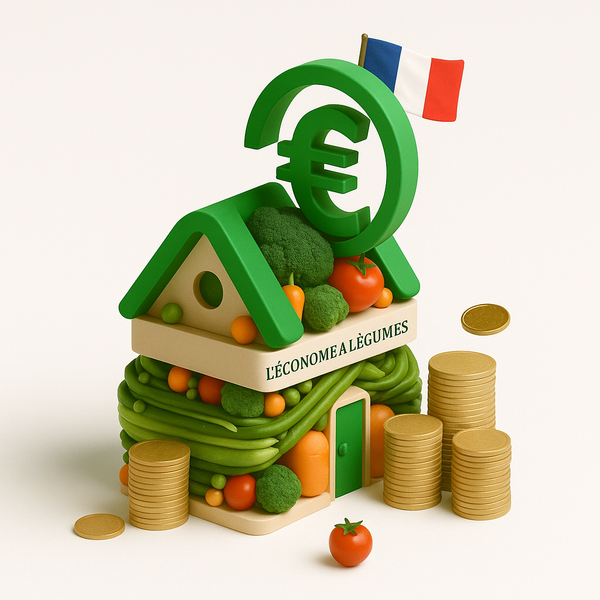Understanding the Different Forms of Fruit Trees and Their Planting
Arboriverse , a specialist in the production and supply of professional fruit trees, offers a wide range of plants adapted to your needs and your growing objectives. Discover the characteristics of scions, cattails, half-stems and high-stems, and how to choose and plant these trees on your plot.
The Different Forms of Fruit Trees
1. Scion
-
Benefits :
- Attractive price.
- Flexibility: possibility of shaping the tree according to your needs.
-
Disadvantages:
- Requires training.
- Late production (4 to 5 years).
-
Location:
-
Spacing: 3 to 4 m.
-
Tutoring: recommended for 1 to 2 years.
2. Distaff
-
Benefits :
- Perfect for small gardens or high density crops.
- Fast production: fruiting in 1 to 2 years.
-
Disadvantages:
-
Location:
-
Spacing: 5 to 7 m.
-
Tutoring: recommended for 2 to 3 years.
3. Half-stem
-
Benefits :
- Good production.
- Accessible size for maintenance.
-
Disadvantages:
- Requires more space.
- Production in 2 to 4 years.
-
Location:
-
Spacing: 5 to 10 m.
-
Tutoring: necessary for 3 to 4 years.
4. High-top
-
Benefits :
- Longevity and high production.
- Promotes biodiversity.
-
Disadvantages:
- Significant space (8 to 10 m between trees).
- Late production (5 years minimum).
-
Location:
-
Spacing: 8 to 10 m.
-
Density: 150 to 250 trees/ha.
Criteria for Choosing the Right Tree Shape
-
Available space: Choose cattails for small gardens or scions for personalized management. For larger spaces, tall stems or half-stems are ideal.
-
Desired production: rapid production favors cattails, while sustainable production favors tall stems.
-
Maintenance: Half-stems are more accessible, while high-stems require little intervention after establishment.
-
Biodiversity: tall stems are best suited to creating natural habitats.
Tips for Planting Your Fruit Trees
1. Soil preparation
-
Analysis and amendment: test the soil and enrich it with compost.
-
Drainage: Avoid compacted or wet soils.
2. Planting
-
Planting hole: adapted to the size of the roots (60x60x60 cm for scions, up to 1 m for tall stems).
-
Positioning: The graft point must be at least 7.5 cm above the ground.
-
Watering and mulching: essential for recovery.
3. Layout and orientation
-
Spacing: respect the recommended distances according to the type of plant.
-
Orientation: north-south for optimal sunshine.
4. Pollination
-
Varietal compatibility: Mix compatible varieties.
-
Pollinators: Plan for 10 to 12% pollinator trees in your orchard.
Why Choose Arboriverse?
-
Professional quality: grafted plants produced by specialist nurserymen.
-
Producer prices: excellent value for money.
-
Fast delivery: throughout France, directly to your orchard.
-
Technical support: personalized advice and free quotes within 48 hours.
Take advantage of our producer prices to buy your fruit trees!
Plant your grafted fruit plot with Arboriverse today.
Request a free quote and benefit from expert advice.




